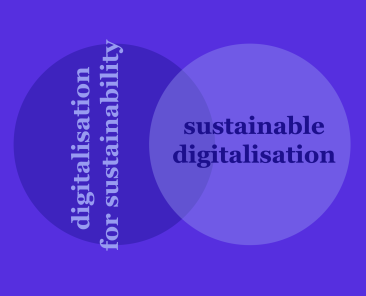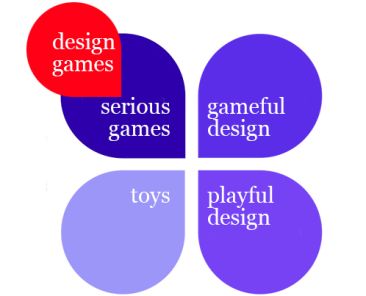Sustis is my creative space — a place to envision sustainable futures where the planet and all living beings can thrive together.
These articles reflect my perspectives on sustainability as a fluid philosophy and approach, provide some practical guidance on how to become a life-centric designer and raise the issues and possibilities of digitalisation.
You’ll also find a updating glossary of key terms and concepts to support creative and meaningful change.
The essential terms and frameworks related to sustainability.
What sustainability really means and why it’s urgent to act?
How can designers take action and create a shift towards life-centred design?
Digitalisation and sustainability put together can bring a broader change. However, technology is not a neutral tool – it has to become sustainable too!
Infinite growth, powered by finite natural resources is simply an oxymoron. It’s time to move beyond solutions that fuel extractivism, overconsumption, and short-term wins. Instead, embrace life-centric thinking; designing products and services that serve a genuine need, generate positive societal impact, respects planetary boundaries and brings regenerative outcomes.
Principles of life-centric thinking:
1. Aim for decoupling the environmental bads from the economical goods.
2. Create regenerative, circular, and future-proof outcomes.
3. Make it desirable, affordable, and inclusive — for everyone.
4. Design with nature, not against it.
The What if?! Futuring Deck is a collection of Weak Signals and Wild Cards.
You can use it in various ways: building scenarios, creating visions, testing the resiliency of your concept, provoking ideas, mapping risks or reflecting on ethical implications.
Weak Signals are early signs of emerging trends or changes that are not yet widely recognised. Wild Cards are rare but high-impact events that can drastically alter the future.
Design games helps to explore complex, messy futures—sparking imagination, dialogue, and tangible action
In this collection, you’ll find a bit of theory, practical instructions for designing your own game, and a few references. Check also my thesis on how design games help us imagine sustainable futures.
What are design games and why they are such an awesome method to explore alternative sustainable futures?
Free pattern to design gameful approaches for sustainability!
Welcome to Tivoli Utopia! Here we envision alternative sustainable futures!
Scenario based serious game for turning the SDG’s (Sustainable Development Goals) into actionable and tailored objectives.
Game for the young to shift from ultrafast fashion to slower options.
Digi Compass is a strategic workshopping game for municipalities.
What might we create together?
Live / online Tivoli Utopia Game session
Tivoli Utopia Game opens up conversations on sustainable futures and inspires your strategy work, project kick-off’s or team gatherings.














